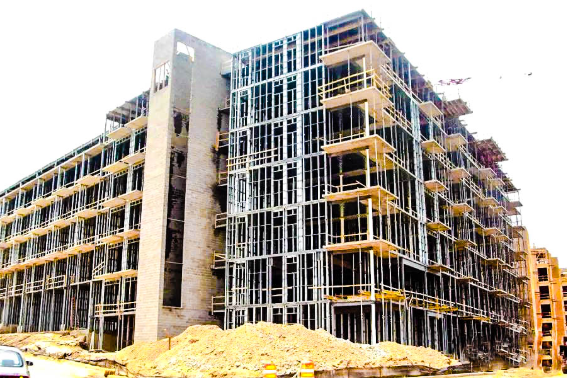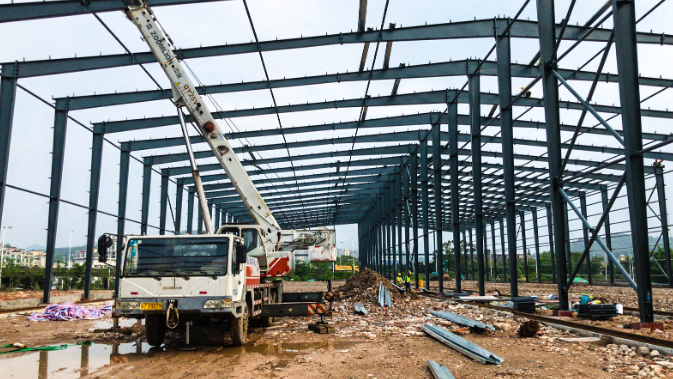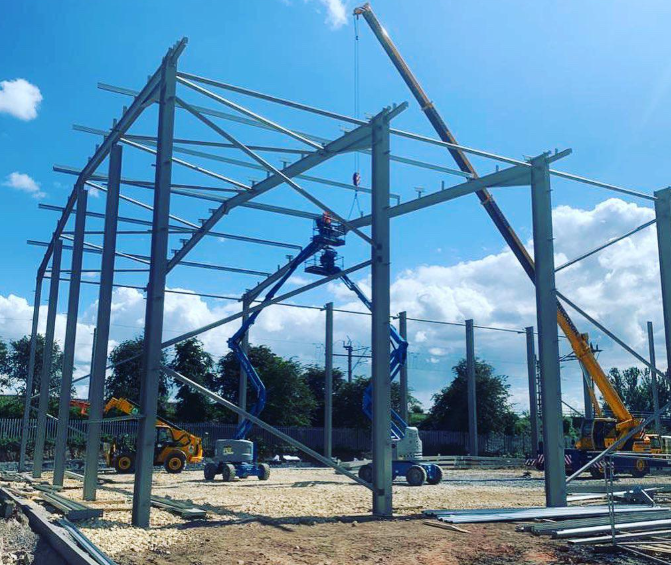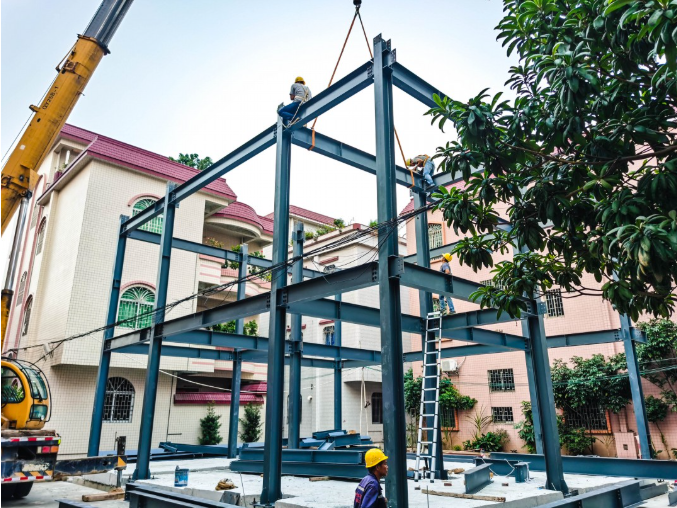Fire Protection Measures for Steel Structure Industrial Buildings

Steel structures are widely used in industrial plants and high-rise buildings due to their advantages of simple design, lightweight, high strength, rapid construction, and cost-effectiveness, making them a mainstream choice in China’s industrial construction sector. However, steel structures have relatively weak fire resistance, necessitating critical fire protection measures. How can fire protection be effectively implemented for steel structure industrial buildings?
Fire Resistance of Steel Structures
Steel structures typically lose load-bearing capacity at temperatures between 450–650°C, undergoing significant deformation that causes bending of columns and beams, rendering them unusable. Unprotected steel structures generally have a fire resistance rating of approximately 15 minutes, depending on the component’s heat absorption rate. To address this vulnerability, fireproofing treatments are essential to enhance fire resistance. Below are key fire protection measures for steel structures:
Intumescent Coatings
Applying fire-resistant coatings to steel components provides excellent thermal insulation and fire protection. This method is adaptable to complex geometries, requires no additional fixtures, offers lightweight coverage, and can enhance aesthetics. It represents a modern, advanced fireproofing technique.
External Cladding
Adding cladding to the steel structure’s surface can be achieved via cast-in-place concrete or spraying methods:Cast-in-place cladding: Reinforced with wire mesh or steel bars to prevent shrinkage cracks and ensure structural integrity.
Sprayed cladding: Applied on-site using materials like lime-cement, gypsum mortar, or mixtures blended with perlite/vermiculite or asbestos.

Water-Filled Hollow Structures
Filling hollow steel components with water is one of the most effective fire protection strategies. The water absorbs heat during a fire, maintaining lower steel temperatures and minimizing structural damage.Fire-Resistant Barriers
Applying fire-resistant coatings or installing fireproof materials (e.g., within wall cavities) provides efficient protection. This method requires minimal additional materials to achieve targeted fire resistance.
Key Considerations
Coating application: Adhere to temperature (5–38°C) and humidity (≤85%) requirements. Avoid painting on surfaces with condensation and protect fresh coatings from rain for 4 hours.
Material compatibility: Select coatings or cladding materials suited to the building’s environmental and operational conditions.
By implementing these measures, steel structure industrial buildings can significantly enhance their fire resistance, ensuring safety and longevity.



